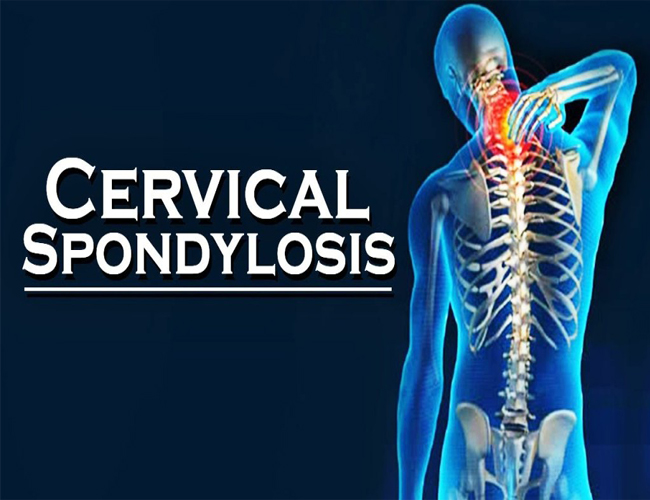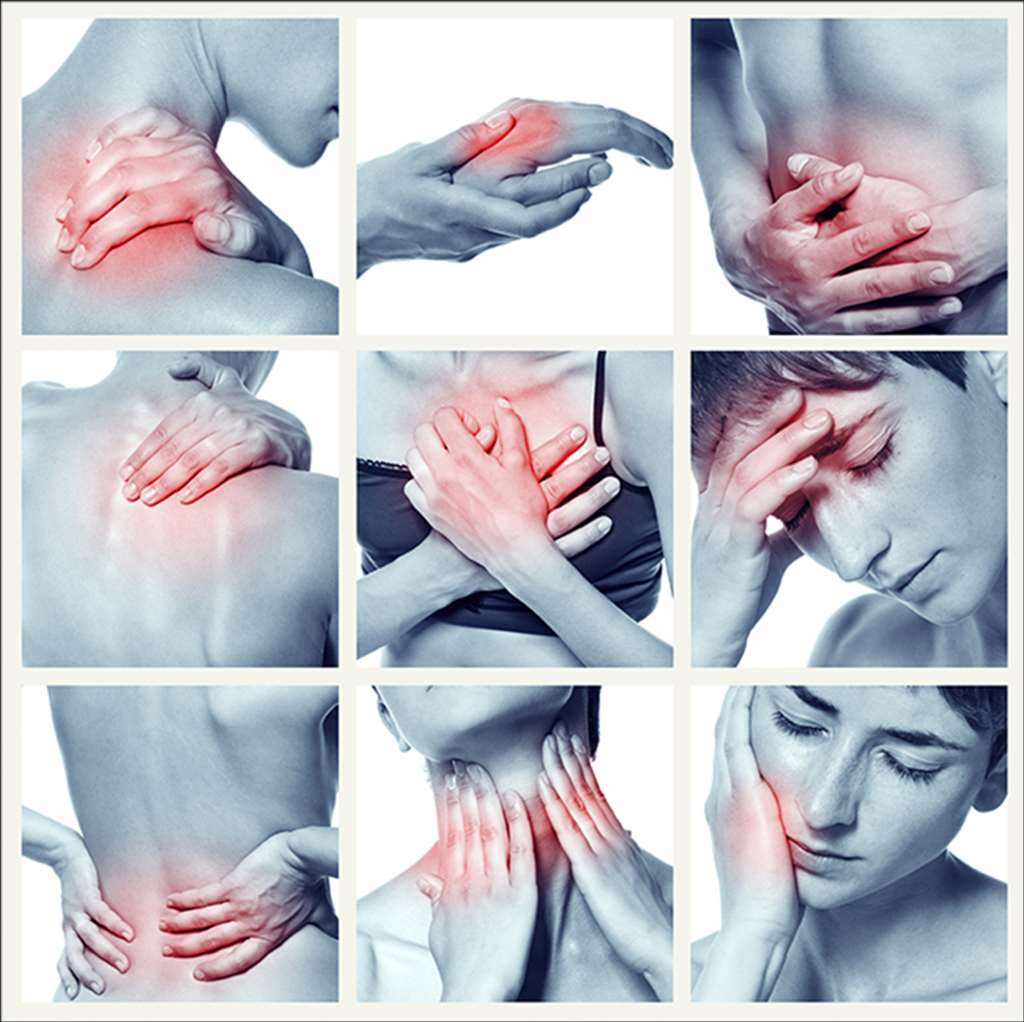How to Treat Cervical Spondylosis with Ayurveda
What is CERVICAL SPONDYLOSIS
It is the disorder related to aging which involves discs, vertebrae, and ligaments in the neck or cervical spine.
It is also known as Arthritis of the Neck, Cervical osteoarthritis, or Degenerative Osteoarthritis.
In cervical spondylosis, edges of the vertebrae start developing osteophytes. After some time the disc becomes thinner and loses its ability to absorb the shock that increases the risk of spondylosis.
If joints in the neck are swollen it is called FACET JOINTS. It makes pressure on the spinal cord or nearby nerve roots that create a tingling or pricking sensation and pain in limbs. In some cases, there is a loss of sensation and coordination. Some people develop difficulty in walking.
ACCORDING TO AYURVEDA
Cervical spondylosis in Ayurveda is described under “GRIVA SANDHIGATA VATA “or also called as “MANYASATAMBH” means stiffness in the neck. The abnormality in Vata doshas is caused by two procedure, in which one is Kapha and Pitta is not functioning properly.
The shalok describes that MANYA SATAMBH is a vataj dosha. When abnormal Vayu dosha entered into the nerves of neck, then MANYA SATAMBH develop. In this roga(disease) neck is contracted and stiffened inside. Neck become stiff, watering from the mouth, teeth chattering is present, the body becomes rigid type. Back part is stretched, yawning or giddiness is present. They are the symptoms of MANYA SATAMBH.
CAUSES OF CERVICAL SPONDYLOSIS
- OVERGROWTH OF BONES: The body trying to grow extra bones for making a stronger spine. This overgrowth of bones is called BONE SPURS or OSTEOPHYTES. This overgrowth of bones creates pressure on the delicate or soft area of the spine, like on spinal cord and nerves, which starts causing pain.
- DRYING OF GEL-LIKE MATERIAL IN THE DISCS: In our spinal bones, discs are present between there is thick, pad-like cushions. This material protects from shock, injury, lifting, twisting, and other physical activities. This gel-like material start drying gradually and spinal discs become dehydrated bones rubbing with each other, so this is painful.
- CRACKS IN THE DISCS: The spinal discs start because of which gel-like material starts leaking. This leakage material puts pressure on the spinal cord and nerves that results in pain and numbness.
- INJURY OR ANY TRAUMA: Any trauma to your neck, like during road accident, falling, fighting, etc. damage the spinal discs.
- STIFFNESS IN THE LIGAMENT: The ligaments of the spinal cord start stiffening that makes your neck stiffed or tight and create restrictions in the movement of the neck.
- MORE USING OF NECK: In some occupations or professional works and in some hobbies forceful and continues movements of the neck region, this put the pressure on the spine.
- Some genetical factors are also responsible for spondylosis.
- As previously present in the family.
- Smoking and any drug addiction are also responsible.
- Overweight and lazy, inactive persons become primary for cervical spondylosis.
- Any hormonal imbalance.
SYMPTOMS OF CERVICAL SPONDYLOSIS
Normally patients of cervical spondylosis, do not have any symptoms.
The range of clinical features occur from mild to severe or sometimes develop suddenly.
Common symptom is PAIN. Sometimes the pain radiates to the arm and fingers.
The pain mostly accelerates during
- Person is in standing position
- During the sitting position
- While sneezing
- At the time of coughing
- When you are tilting your neck backward
Another symptom that is common is the weakness of the muscle. Due to weakening of muscles, it is difficult to grasps the objects and it is harder to lift the objects in arms.
Other common signs are:
- The neck becomes stiffed
- Headache mostly occurs
- On the shoulder& leg region and arm, there is tingling sensation and numbness also occur in legs.
COMPLICATIONS OF CERVICAL SPONDYLOSIS
Cervical myelopathy can create other disabilities at different grading.
- Tetraplegia
- A chest infection can occur recurrently
- Paraplegia
- Pressure on the sores
EXERCISE FOR CERVICAL SPONDYLOSIS
- Try to keep your body in a straight position. Make your posture straight during sitting and standing, don’t create a C-type curve shape posture of the spinal area. It is also called NECK STRETCH exercise. Hold this step for at least 5 seconds, and do the 5 repetitions.
- NECK TILT sideways and also forwardly tilt your neck so that it touches the chest area. Do this for about 5 seconds and repeat this exercise 5 times.
- NECK TURNING EXERCISE: Just turn your head at one side in a comfortable manner, stretch your neck muscle softly. Repeat this process, in the opposite direction.
- SHOULDER EXERCISE: Move your shoulder in a round or circular manner, this process stretches your neck and spinal muscle.
LIFESTYLE ADVICE
- Yoga like Tadasana, bhujangaasan, etc. and other physical activities such as swimming, cycling, light dumbbell, pushups are useful in cervical spondylosis.
- PHYSIOTHERAPY is also another option for treating cervical spondylosis.
- Painkiller can be used in severe condition.
- Avoid physical or mental efforts, try to stay free from mental stress.
- Take a good hour of sleep during night time. At least 6-7 hours of sleep is necessary.
- Have a soothing massage with lukewarm oil.
- Intake of easily digested food should be increased, vegetable soups, dairy products and nuts like almond, cashew nuts are added to your daily life.
- Start taking of protein, calcium-rich diet.
- Take a sunbath which is a good source of vitamin D, makes your bones stronger.
HOME REMEDIES FOR CERVICAL SPONDYLOSIS
- Take two cloves of garlic and crush them. Add this paste to one glass of milk. Put it on a low flame for boiling, when one-fourth part is left, then strain it and divide it into two equal parts. Drink one part in the morning and another one at night time.
- Take one tablespoon of castor oil before sleeping time.
- Massage with almond oil or sesame oil on the back give a soothing effect.
- During pain, you can take one glass of hot milk and add a pinch of turmeric in it. This remedy act as a natural analgesic.
- An ice pack can be used during pain or stiffness.
- Heat therapy also is used.
- Take some cloves of garlic and one tablespoon of ajwain and roasts them until they become reddish brown, now add this material into the warm mustard oil or sesame oil. Massage with this oil mixture.




